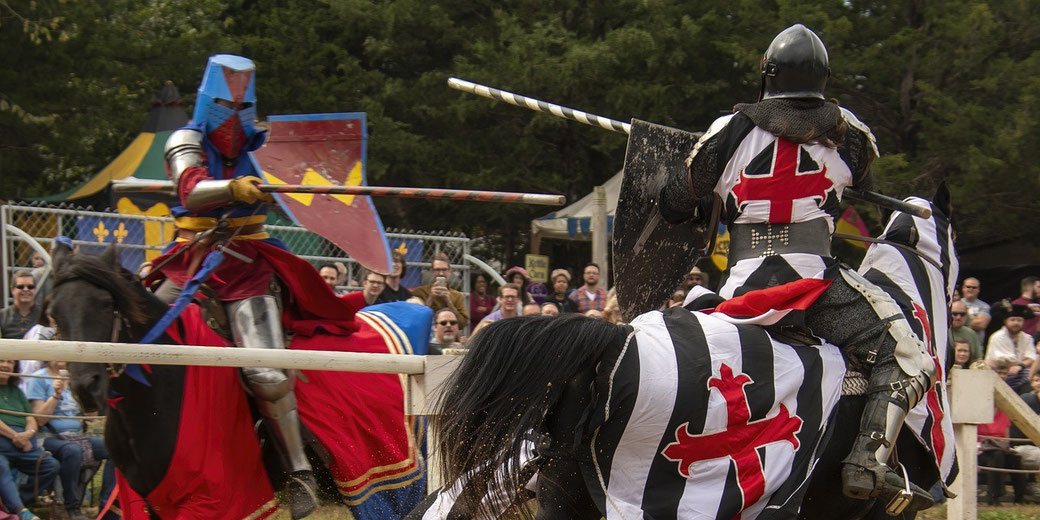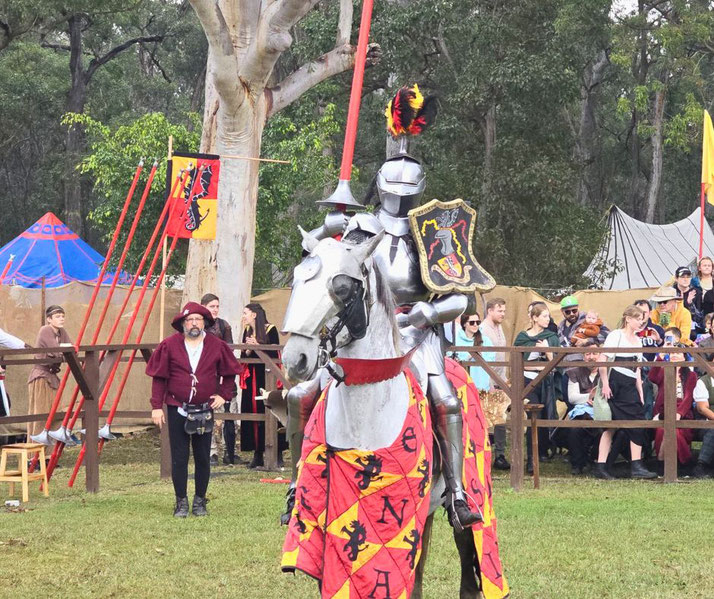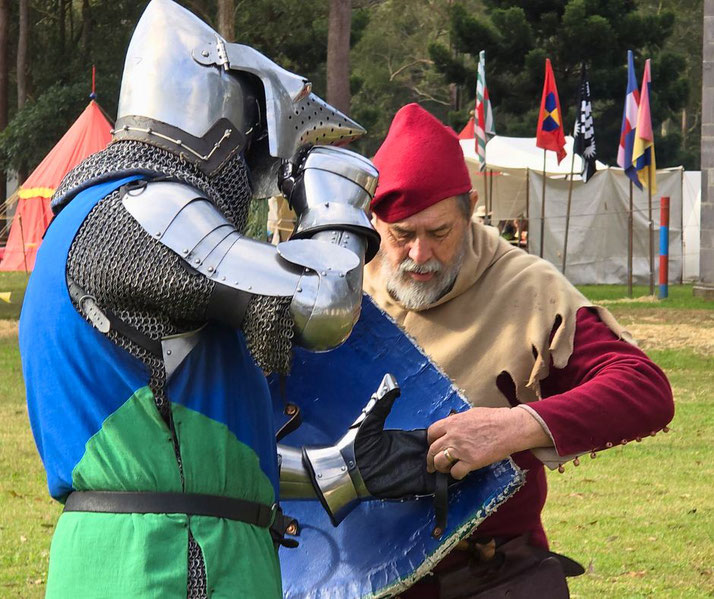Why jousting was the blockbuster (and bloody) sport of the Middle Ages

Amid the clang of metal, the thunder of hooves, and the roar of excited crowds, jousting became one of the most popular events of the medieval world.
What began as a training exercise for mounted warriors grew into a carefully planned public contest that showed fighting skill and chivalric honour, and provided entertainment for the aristocracy.
As a result, from the 11th century until the 16th, it turned medieval tournaments into political and cultural events.
What was jousting?
During the early stages of its development, jousting was part of a broader activity known as the mêlée.
These wild mock battles often sprawled across fields and towns, and involved groups of heavily armed knights in what were essentially controlled brawls.
Some chroniclers describe tournaments as early as the mid-11th century, including near Angers in France, though more detailed records only appear later.
The mêlée offered useful training for the battlefield. Knights practised coordination, horsemanship, and group tactics in conditions that closely matched real warfare.
By the late 12th century, the joust à la lance began to lead tournament culture.
This form of combat focused on two knights who charged one another at full speed along a marked course called a 'tilt'.
The goal was to unhorse the opponent or shatter one’s lance upon his armour or shield. These contests required remarkable skill and control.
The introduction of the tilt barrier during the 14th century, which helped guide the horses and prevent head-on collisions, made the sport more uniform and made it safer, although injuries and fatalities remained common.
Tournaments like the one held at Lagny-sur-Marne in 1179 offered some of the earliest recorded examples of this individual form of jousting.

During the reign of Henry II of England, tournaments were discouraged because of worries about fighting among nobles and changing loyalties.
Official bans appeared in the later years of his rule. However, the ban was lifted in 1194 by his son Richard I, who introduced licensing and royal control.
In France, Philip II also began making tournaments official around the same time.
Heralds who recorded victories also traced noble family lines, which turned individual performances into historical records.
The growing structure and codification of tournaments turned them from training grounds into important events.
In England, this codification continued under Edward I and Edward III, who supported jousts as carefully managed events, often controlled through royal ordinances.
Tournaments as Political Ceremonies
As the Middle Ages progressed, the social and political functions of jousting became more pronounced.
Kings, queens and other nobles hosted tournaments to celebrate coronations, marriages, or military victories.
These gatherings strengthened social ranks, allowed noble families to display their status, and gave would-be knights a chance to attract powerful patrons.
At a 1306 tournament in London, Prince Edward, later Edward II, knighted 266 young men, among whom was Piers Gaveston.
The ceremony was followed by lavish feasting and jousting. Many of these newly knighted men were later summoned for Edward’s campaign in Scotland, showing how such ceremonies could also serve military goals.
Tournaments also provided an outlet for knightly competition in an era when warfare was not always a regular occurance.
Armourers developed specialised plate armour that was heavier and less practical for real combat, but ideal for the joust.
Helmets like the frog-mouth helm protected the face during frontal impacts, but restricted vision and mobility.
Weapons were usually modified to blunt the edges or had coronels, which were multi-pronged tips designed to absorb impact.
However, the risk of death remained high. Henry II of France died in 1559 when a splinter from a broken lance pierced his eye during a tournament celebrating a marriage alliance.
Across the Channel, the Burgundian court under Philip the Good and Charles the Bold elevated tournaments to major political pageants, complete with oaths of loyalty and highly choreographed combats.
The Economics and Spectacle of Jousting
Economic investment in tournaments also grew considerably. Noble families commissioned detailed heraldic outfits, decorated horses, and decorated lances.
Some events included pageants, theatrical entrances, and even constructed mock castles.
At the 1511 Westminster Tournament, Henry VIII celebrated the birth of his son with Catherine of Aragon by hosting a multi-day tournament complete with symbolic floats and costumed knights playing pretend roles.
The audience included ambassadors, courtiers, and commoners, all drawn to the spectacle.
Manuals like René of Anjou’s Book of the Tournament and Hans Talhoffer’s Fechtbuch illustrated how ceremonial the events had become and how detailed their planning was.
The cost of outfitting a knight for such a spectacle could equal the annual income of a minor noble.

Why did jousting fall out of favour?
By the 16th century, jousting began to decline as firearms and changing military tactics reduced the relevance of mounted combat.
The formal violence no longer served a military function, and its theatrical nature came to be seen as outdated by some.
However, in certain courts, especially under the Tudors and Habsburgs, it survived as a ceremonial display of chivalric ideals.
Tournaments continued to appear in artwork, literature, and court festivities, even after their practical role had faded.
The Field of the Cloth of Gold in 1520, hosted jointly by Henry VIII and Francis I of France, demonstrated that jousts could still draw international attention, with thousands in attendance and large amounts spent on the show.

In its heyday, jousting offered martial competition alongside public entertainment and opportunities for personal glory and aristocratic display.
The brutality of the sport, far from discouraging participation, enhanced its reputation.
Knights willingly risked injury or death to earn honour in the eyes of their peers and rulers.
Crowds gathered in the thousands to witness the clash of armoured riders as at the great jousts of Smithfield in London.
For centuries, the tournament field functioned to win status and forge reputations.
That is why jousting earned its place as the blockbuster and bloody sport of the medieval age.
What do you need help with?
Download ready-to-use digital learning resources
Copyright © History Skills 2014-2025.
Contact via email
With the exception of links to external sites, some historical sources and extracts from specific publications, all content on this website is copyrighted by History Skills. This content may not be copied, republished or redistributed without written permission from the website creator. Please use the Contact page to obtain relevant permission.





